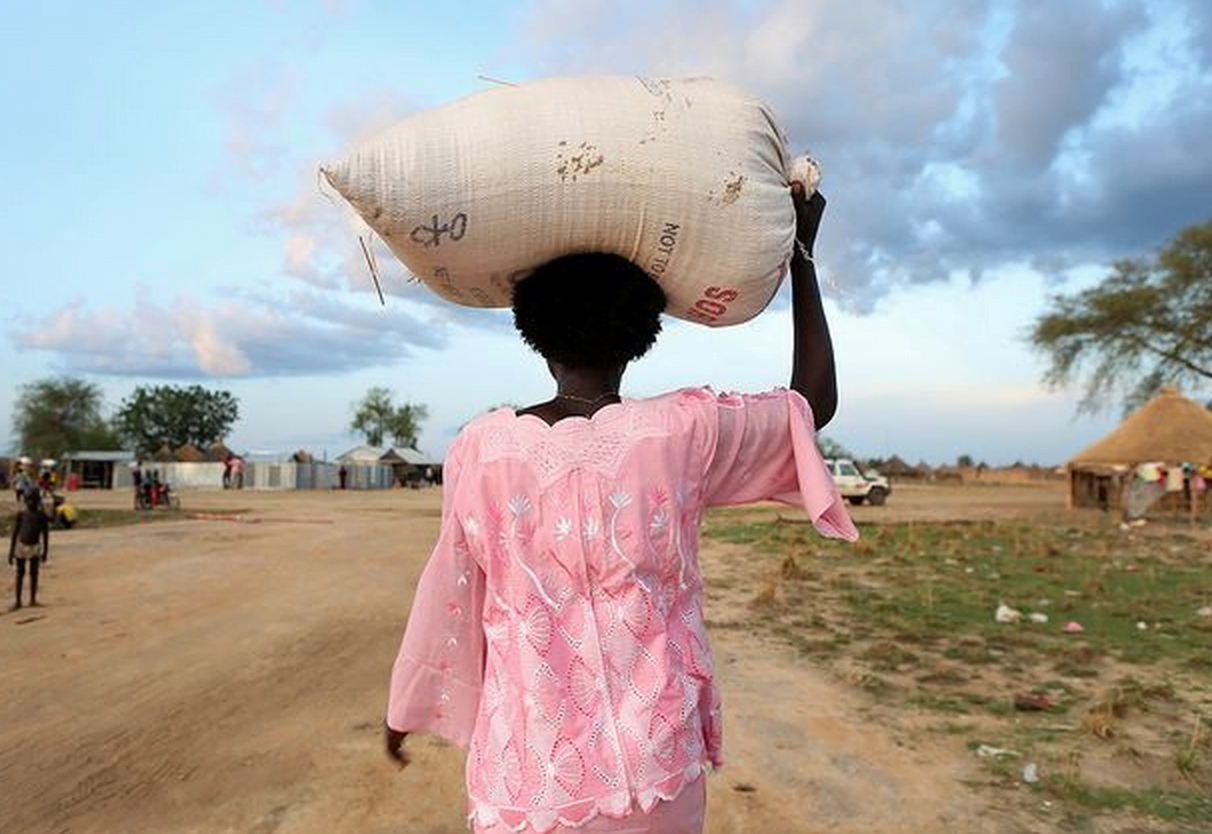The Organization for Economic Cooperation and Development, better known as the OECD, is an international institution with 34 member states, mostly from advanced economies in North America, Europe, the Commonwealth, a few countries in Latin America plus Japan.
Every year, the OECD compiles data from its member states about their foreign aid spending: how much it is, and where it goes?
Today, they released their compilations from 2014 (it takes about a full year to collect and analyze all the data). The top line finding: foreign aid from OECD members reached an all time high in 2014, totaling $137 billion. This is equivalent of 0.3% of these donors collective gross national income. To put this in perspective, $137 billion is about one-sixth of the US Department of Defense Budget for FY 2016.
Here are some other big takeaways from the report. (NB. The term of art for this kind of foreign aid “official development assistance,” or ODA. It is what governments budget for overseas economic development and humanitarian projects. )
1) As in years past, the USA was by far the single largest international donor in overall terms.


2) But when you adjust for the countries’ gross national income, the USA is toward the bottom of the pack in terms of generosity. Scandinavian countries and also the UK and Luxembourg are pound-for-pound the most generous donors of international aid.


3) Overall the trend is solidly moving toward more generous levels of aid.


The report finds that Afghanistan is the largest single recipient of aid at $4.8 billion. This should not be terribly surprising as many of these OECD countries are NATO members who were actively involved in military and reconstruction efforts in Afghanistan. The next two largest recipients are Viet Nam and Syria–which may be surprising. Syria, is of course, embroiled in a civil war. I suspect that most of the “aid” to Syria is actually humanitarian aid. For its part, Viet Nam receives a ton of aid from Japan, even though its considered a “middle income” country. Most of that is earmarked for infrastructure development.
This latter point is instructive.
Contrary to popular perception, most money earmarked for foreign aid goes not to the poorest countries on the planet–the so-called “least developed countries” — but to countries that the World Bank classifies as middle income. This report finds that total ODA to least developed countries amounted to $43.7 billion, or less than a third of the total.
The advocacy community has been trying to reverse this trend, and ensure that more aid goes to countries that need it the most. The new Sustainable Development Goals reflect this sentiment by encouraging “ODA providers…to consider setting a target to provide at least 0.20 per cent of ODA/GNI to least developed countries.”
We are clearly not there yet. But reports like this from the OECD are helpful reminders that even though the numbers are increasing, the total amount that the world spends on foreign aid is still fairly paltry. Deeper still, most of the money does not actually go to the poorest countries on the planet!
